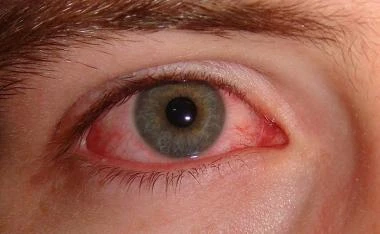The Dos and Don'ts of Dry Eye
personalEYES | 17 Sep 2019

There’s no denying dry eye is an irritating condition to live with, with symptoms ranging from a gritty feeling in the eye for some people to extremely sore and irritated eyes in others.
Dry eye occurs when the surface of the eyes become sore or irritated because there isn’t enough moisture in the eyes or the tears being produced are of low quality. Both issues result in the eyes drying out and becoming sore.
“There are lots of things that can be done for dry eyes and people shouldn’t just put up with it,” Ben Hamlyn, member support and policy advisor for Optometry Australia, tells Starts at 60.
Is dry eye a normal part of getting old?
As people age, they produce less tears and the glands that produce the oily part of tears slow down in production. Medications such as antihistamines, sleeping pills, antidepressants and hormone replacement therapy can increase the risk of dry eye, as can systemic health conditions including diabetes, hypertension, Crohn’s disease and rheumatoid arthritis. At the same time, people lose the elasticity in their eyelids as part of the ageing process.
Menopause and hormone changes can also cause the eyes to become dry.
What happens if dry eye is left untreated?
Dry eye can cause more than just dry and irritable eyes if left untreated. People may become more prone to eye infections because reduced tears mean the surface of the eye remains unprotected.
Severe dryness can cause the eyes to become inflamed, which can lead to corneal ulcers or wearing away of the corneal surface.
It can also get in the way of living, with dry eyes making it harder to drive, read, watch TV or enjoy the best of what life has to offer.
Source: Startsat60



